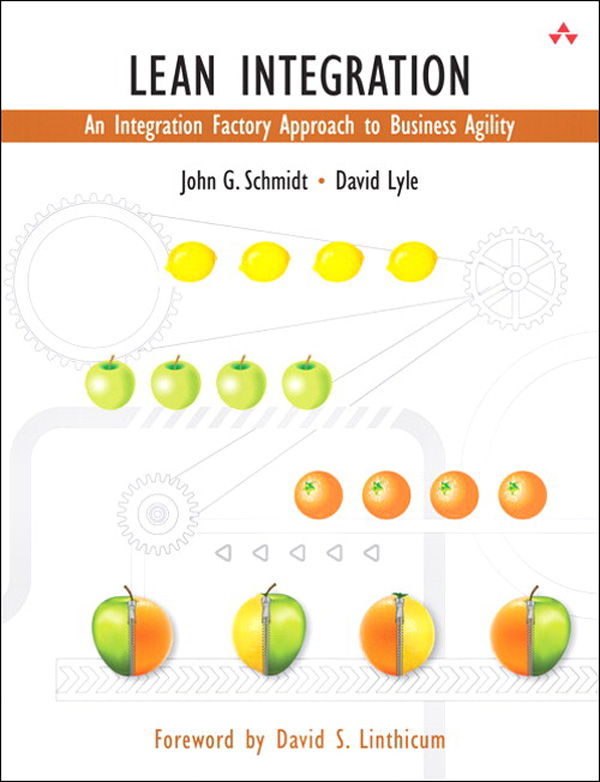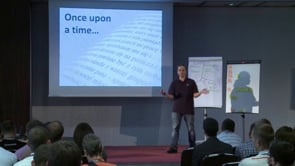Book Review: Lean Integration
The book “Lean Integration” by John G. Schmid and David Lyle is the sequel of a first book titled “Integration Competency Center: An Implementation Methodology” and is aimed at taking it “to the next level by adding more specific best practices and a rich collection of case studies”. The book is divided in three parts. The first part provides an overview of Lean integration. The second part introduces the seven Lean integration principles and the last part discusses lean integration competency areas.
Despite being sometimes plagued with “Powerpoint” jargon as in the recommendation that senior executives read the book to “internalize the strategic framework”, the book provides valuable content to apply the lean principles to the software integration process with a lot of case studies. It contains many step-by-step approaches to tackle lean integration issues.
The book “Lean Integration” is focused on the integration side of software management and is highly recommended for people working in this field. If you are interested in the Lean aspect of software development, I would rather recommend the book “Leading Lean Software Development – Results are not the Point” by Mary and Tom Poppendieck.
Reference: “Lean Integration”, John G. Schmid & David Lyle, Addison-Wesley, 408 pages

Quotes
“There is an old project manager saying that goes “Do you want it fast, good, or cheap? Pick any two” That trade-off may be true for custom point solutions, but it is not true for integration development if you approach it as a repeatable process. Some organizations have reduced their integration costs by ten while also delivering rapidly and with consistently high quality. The secret to achieving this amazing result is to focus on time.”
“There are three reasons why this (Financial Management) is the longest chapter in the book: The ability to secure funding is often one of the weakest skills among IT professionals; money is the universal language of business and therefore can serve as a unifying force to bring disparate groups together; and effectively managing financials, especially related to intangible assets such as data quality and future flexibility, is very hard. By emphasizing commercial disciplines, we are seeking to ensure that the Lean Integration team (the Integration Competency Center) does not become isolated from the business environment that sustains it.”
“Metadata provides the blueprint for data in an organization. Metadata is also the information describing the data and data processes that enable efficient factory operations and automation. The metadata management competency is possibly the single most important technical requirement behind the success of growth of Lean Integration and the Integration Factory concept. The Integration Factory is possible only with the management of metadata (data of data) in conjunction with appropriate technology and processes. Metadata is conceptually simple. It is documentation about data in terms of what it means; where it is located; when its definition was changed; how it is accessed, moved, and secured; who is responsible for it; who is allowed to use it; and so on.”


